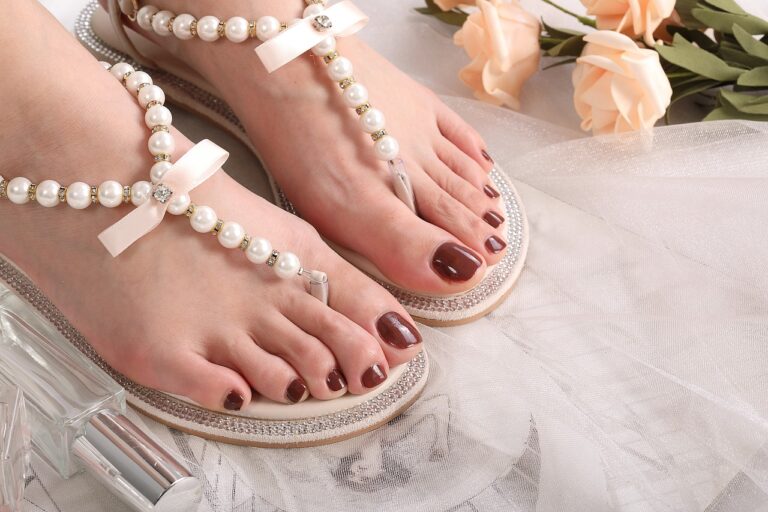Fashion Icons Through the Decades: Style Evolution
The 1920s marked an era of liberation and rebellion, and the fashion of the time exemplified this spirit perfectly. Flappers, the iconic figures of the decade, embodied a newfound sense of freedom and modernity. With their bobbed hair, knee-length dresses, and bold makeup, flappers challenged conventional standards of femininity and embraced a more carefree and daring approach to style. They were often seen dancing the night away in jazz clubs, exuding an air of independence and confidence that resonated with many young women of the time.
Jazz Age glamour was all about decadence and extravagance, characterized by luxurious fabrics, sparkling accessories, and intricate beadwork. Women of the 1920s embraced this opulent aesthetic, adorning themselves in shimmering gowns and statement jewelry that reflected the dynamism and vitality of the Jazz Age. The bold and vivacious nature of the fashion of this era mirrored the cultural shifts taking place, as society moved away from the constraints of the past and towards a more modern and progressive way of life.
The 1930s: Hollywood Starlets and Sophisticated Elegance
As the Great Depression loomed over the United States during the 1930s, Hollywood provided an escape for many with its opulent and glamorous films. Starlets like Greta Garbo and Joan Crawford graced the silver screen, exuding sophistication and elegance in their luxurious gowns and stylish ensembles. Their impeccable fashion sense captivated audiences and set the trends of the decade.
Silk bias-cut gowns, fur stoles, and wide-brimmed hats became the epitome of 1930s style, with women emulating the chic looks of their favorite on-screen idols. Hollywood starlets were not only known for their beauty but also for their impeccable fashion choices, which often reflected the glamour and escapism that captured the spirit of the era. The allure of Hollywood’s leading ladies influenced fashion trends worldwide, establishing the silver screen as a powerful force in shaping the style of the time.
1940s Fashion Icons: War-time Chic and Utility
The 1940s brought a shift in fashion as the world was consumed by the chaos of war. In the midst of uncertainty and scarcity, women’s clothing evolved to reflect a sense of practicality and resourcefulness. Garments were designed with utility in mind, incorporating functional elements such as pockets, belts, and simplified silhouettes.
Despite the challenges of wartime restrictions, fashion continued to play a significant role in boosting morale and preserving a sense of normalcy. Women embraced a more tailored and structured look, with hemlines rising to conserve fabric and styles becoming more streamlined. Accessories were kept to a minimum, reflecting a more understated and modest approach to dressing during this period of austerity.





